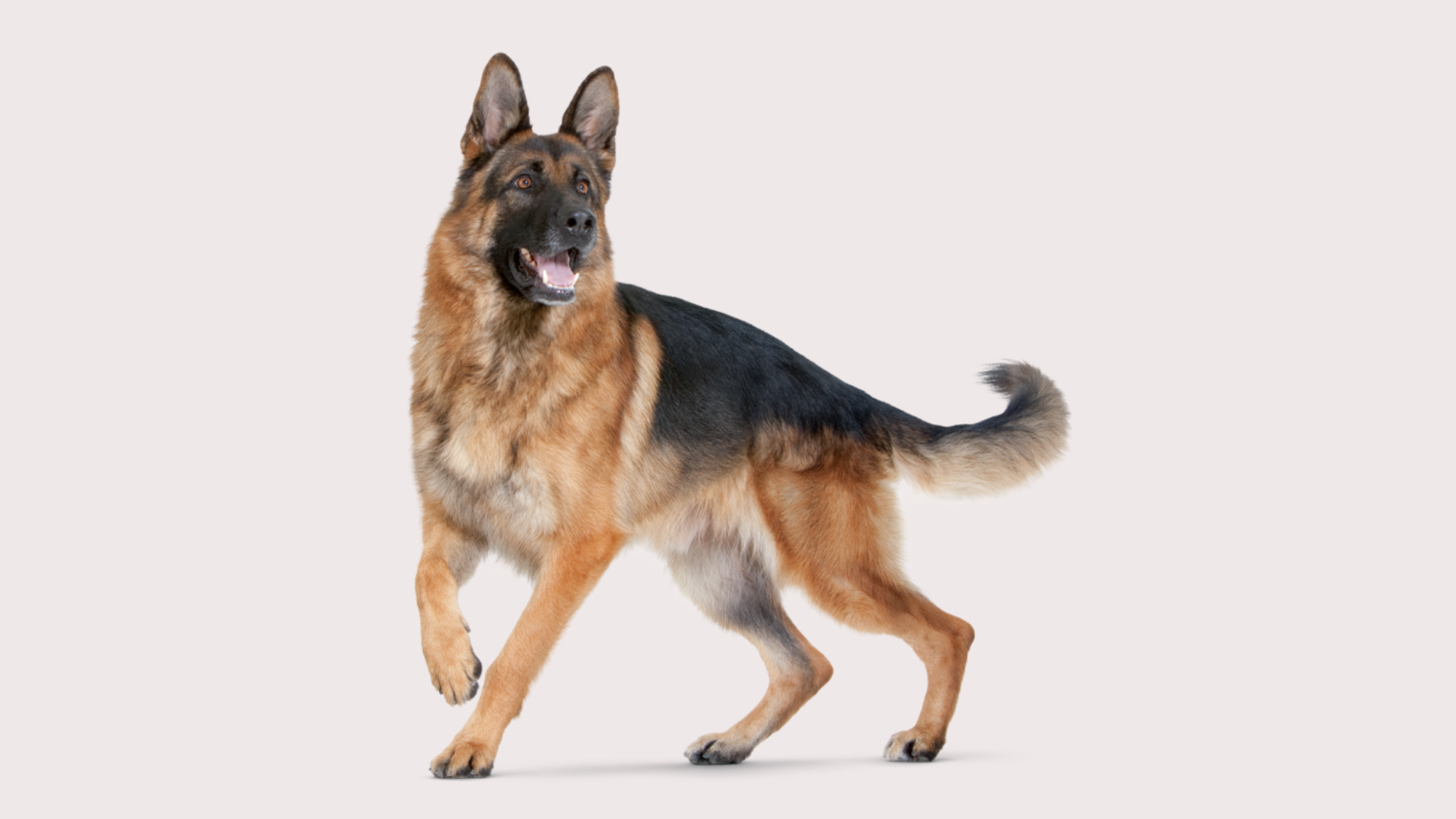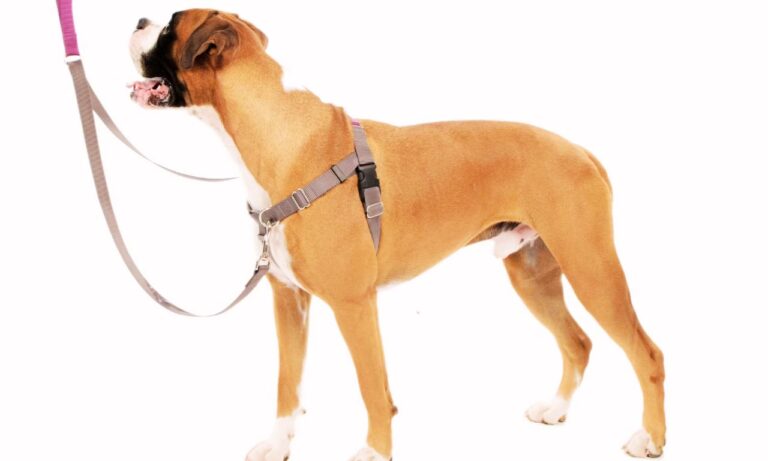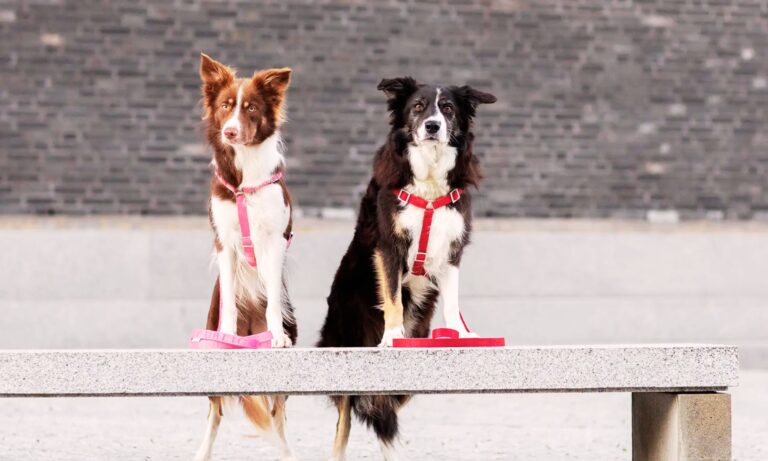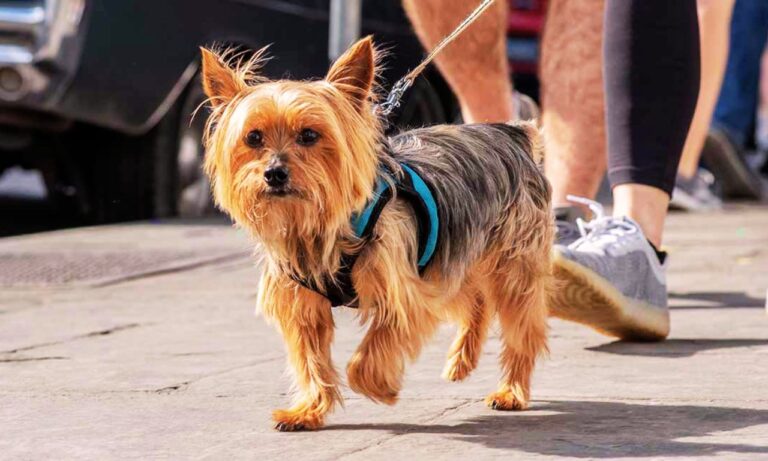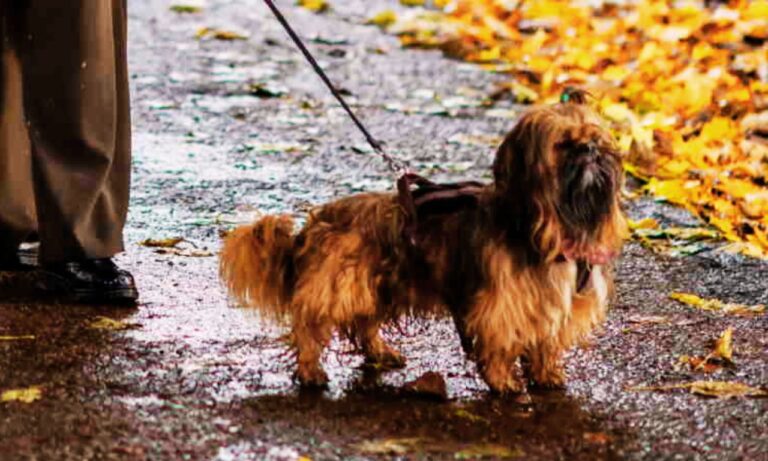When you look at a German Shepherd today — powerful, intelligent, loyal — it’s clear that this breed was no accident. German Shepherds are among the most recognizable and respected dogs in the world. But have you ever wondered how they came to be? How were German Shepherds bred to be so strong, smart, and versatile?
Let’s travel back to 19th-century Germany, where a visionary man with a passion for perfection set out to create the ultimate working dog — and succeeded beyond anyone’s wildest dreams. Discover the ideal fit by learning what size collar for Newfoundland dog to ensure your pet’s comfort and safety.
Blog Highlights
ToggleThe Visionary Behind the Breed: Max von Stephanitz
The story of how German Shepherds were bred begins with one man: Captain Max von Stephanitz. In the late 1800s, von Stephanitz was a former cavalry officer in Germany who had a strong interest in breeding and working dogs.

At that time, Germany had a wide variety of herding dogs, but no standard breed. Farmers and shepherds bred dogs mainly for utility — meaning there were many types of sheepdogs, but no unified standard for appearance or temperament.
Von Stephanitz believed that Germany needed a national working dog: a breed that embodied intelligence, loyalty, strength, and trainability. He was less interested in beauty and much more focused on functionality. To him, a good dog wasn’t just handsome — it was useful.
In 1899, von Stephanitz found what he had been searching for. For expert tips on how to fit a collar on a Belgian Shepherd, this guide offers simple steps to ensure your dog’s collar fits securely and comfortably.
How Were German Shepherds Bred: Horand von Grafrath
At a dog show in 1899, Max von Stephanitz spotted a dog named Hektor Linksrhein. Hektor was a striking animal — wolfish in appearance, with a strong body, sharp mind, and a calm, confident demeanor. Von Stephanitz immediately recognized Hektor as the perfect foundation for his dream breed.
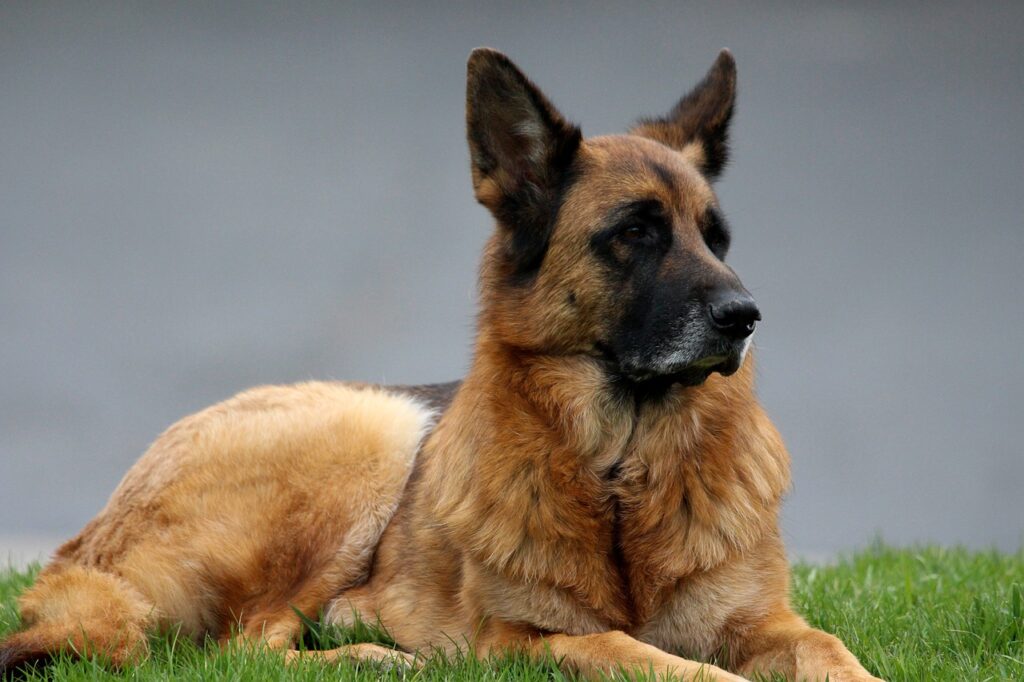
He bought Hektor on the spot and renamed him Horand von Grafrath.
Horand became the first officially registered German Shepherd Dog and the founding sire of the breed. Von Stephanitz founded the Verein für Deutsche Schäferhunde (SV) — the Society for the German Shepherd Dog — and set strict standards for breeding based on work ethic, intelligence, and structure.
For detailed guidance on selecting the correct collar size for a Belgian Shepherd, this article provides essential tips to ensure your dog’s comfort and safety.
Selective Breeding: Combining Utility and Beauty
Von Stephanitz didn’t stop with Horand. He carefully bred Horand with other herding dogs from different regions of Germany that exhibited the traits he wanted. Some sources suggest that early breeding incorporated dogs like:
- Thuringian dogs: Known for their wolf-like looks and erect ears.
- Württemberg sheepdogs: Heavier, more solid working dogs.
- Swabian dogs: Agile, responsive herders.
The early German Shepherds were a blend of the best qualities from these regional herding dogs: speed, agility, loyalty, and a sharp instinct for working with humans.
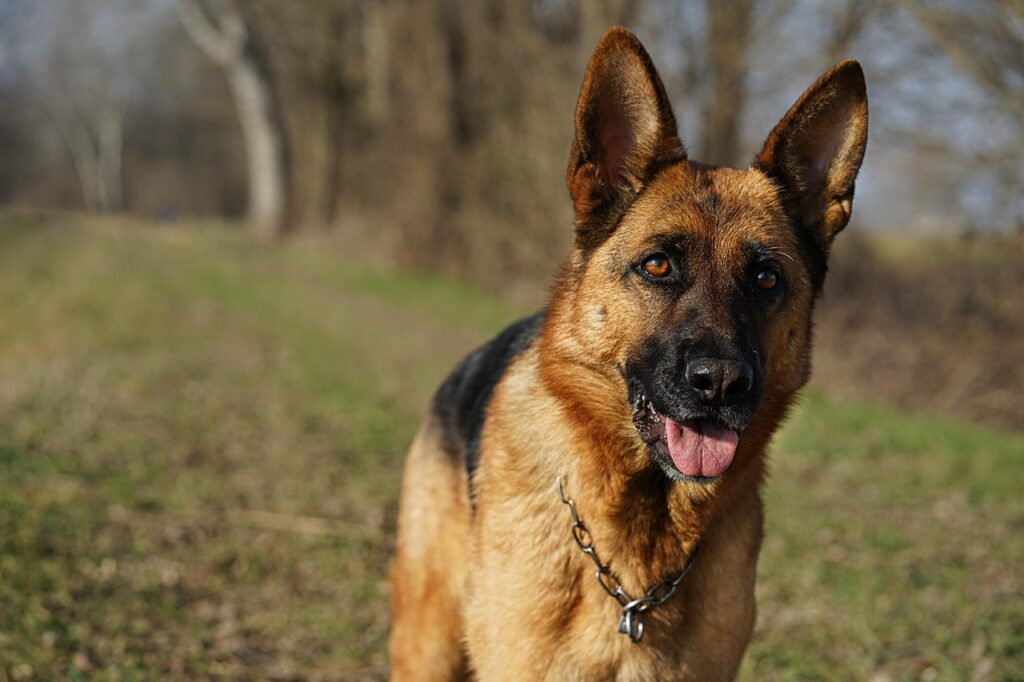
One fascinating fact? Von Stephanitz wasn’t focused on creating a “family pet” — he wanted a worker first, companion second. That work-centered mentality has shaped the German Shepherd into the multipurpose breed we know today.
Early Characteristics: What the First German Shepherds Were Like
Early German Shepherds, especially descendants of Horand, shared key traits:
- Medium to large size
- High intelligence and problem-solving skills
- Instinctive protective behavior
- Wolf-like appearance (straight back, erect ears, thick coat)
- Incredible stamina
However, they weren’t carbon copies. Some had lighter frames; some had heavier coats. Von Stephanitz continued refining the breed by linebreeding — mating close relatives — to solidify desirable traits. Horand’s own progeny played a crucial role, particularly one of his sons, Hektor von Schwaben, who carried the line forward.

Discover the perfect collar size for an Anatolian Shepherd Dog to ensure comfort and security for your furry friend.
Transition to Broader Roles: More Than Herding
At first, German Shepherds were bred exclusively for herding and protecting sheep. But von Stephanitz quickly realized that industrialization was reducing the need for herding dogs. To ensure the breed’s survival, he began promoting German Shepherds for police work, military service, and guarding.

In 1901, the German Shepherd passed its first official Schutzhund (protection dog) trial, a test of tracking, obedience, and protection skills that still exists today. This proved to the world that German Shepherds weren’t just pretty dogs — they were versatile workers.
By World War I, German Shepherds were already serving the German military as messenger dogs, rescue dogs, and sentries. Their bravery and reliability on the battlefield made a lasting impression on soldiers from other countries, including the United States and Britain.
Learn more about the unique double-layered coat of an Anatolian Shepherd and how to care for it effectively.
German Shepherds After World War I: Global Spread
After World War I, German Shepherds began to gain popularity worldwide. Allied soldiers were amazed by the dogs’ abilities and brought some home. One famous example is Rin Tin Tin, a German Shepherd puppy rescued from a bombed-out kennel in France, who went on to become a Hollywood superstar.
However, anti-German sentiment after the war led some countries to rebrand the breed:
- In Britain, German Shepherds were called Alsatians (a name still used in parts of the UK).
- In America, efforts to change the name to Shepherd Dog were briefly attempted.
Regardless of the name, the breed’s reputation for loyalty, intelligence, and work ethic was unstoppable.
Further Refinement: American vs. European German Shepherds
Over the years, the way German Shepherds were bred began to diverge between America and Europe.
- American lines: Bred more for show, with emphasis on appearance (particularly the sloped back) and a more relaxed temperament.
- European lines (especially German lines): Bred with a continuing focus on working ability, strong nerves, and balanced structure.
The SV in Germany maintained rigorous standards. Dogs had to pass health checks, working trials, and conformational evaluations before being allowed to breed. This ensured that the German working lines retained the qualities Max von Stephanitz originally valued: usefulness, intelligence, and health.
Core Traits Bred Into German Shepherds
Through generations of careful selection, breeders around the world have preserved several essential traits:
- Intelligence: German Shepherds consistently rank in the top 3 smartest dog breeds.
- Trainability: Their ability to learn complex tasks quickly made them favorites for police, military, and service work.
- Loyalty and protective instincts: They bond deeply with their families and naturally guard their homes.
- Athleticism: Bred for endurance, speed, and strength.
- Courage and confidence: Even in dangerous or chaotic situations, a well-bred German Shepherd remains calm and focused.
These traits didn’t happen by chance. They are the result of over 120 years of deliberate breeding practices.
For insights on whether Pomeranians should wear a collar, including considerations for safety and alternatives, check out this informative article.
Controversies and Challenges in Breeding
As the breed’s popularity exploded, not all breeding was responsible. By the mid-20th century, issues began to surface:
- Overbreeding led to health problems like hip dysplasia.
- Extreme angulation (the sloping back popular in American show lines) caused structural problems and gait issues.
- Temperament instability emerged in poorly bred lines.
True enthusiasts and breed clubs pushed back, emphasizing health testing, working trials, and better education for breeders. Today, responsible breeders strive to balance beauty, health, and function, honoring von Stephanitz’s original philosophy.
How German Shepherds Are Bred Today
Modern German Shepherd breeding emphasizes:
- Health screenings (hips, elbows, spine, eyes, heart)
- Temperament testing (confidence, nerve strength, sociability)
- Working titles (Schutzhund/IGP, obedience trials, herding trials)
- Conformation standards (balanced proportions, strong straight back preferred by working breeders)
Different “types” of German Shepherds now exist based on their intended purpose:
- Working line German Shepherds: Bred for police, military, and sport. Focus on mental and physical stamina.
- Show line German Shepherds: Bred for conformation shows. Tend to have a slightly softer, more family-oriented temperament.
- Pet lines: Bred more casually for companionship, though quality can vary greatly.
No matter the type, the best German Shepherds today are bred with the same core principles in mind: intelligence, loyalty, courage, and athletic ability.
For a comprehensive guide on what kind of harness is best for a Pomeranian, including comfort and safety tips, check out this article.
Final Thoughts: A Masterpiece of Purposeful Breeding
When you ask “How were German Shepherds bred?”, the answer is more than a historical fact — it’s a testament to what careful, thoughtful breeding can achieve. From a vision in the mind of Max von Stephanitz to a worldwide symbol of loyalty and strength, the German Shepherd’s development was deliberate, disciplined, and brilliant.
At their best, German Shepherds remain exactly what von Stephanitz dreamed: dogs of incredible intelligence, unwavering loyalty, stunning beauty, and tireless work ethic.
Whether herding sheep in the German countryside, working in modern-day police units, or sleeping at the foot of your bed, every German Shepherd today carries the legacy of one man’s dream — and the noble, working dogs who helped build it.
Discover if the American Eskimo is a guard dog and learn about its suitability for protecting your home.

